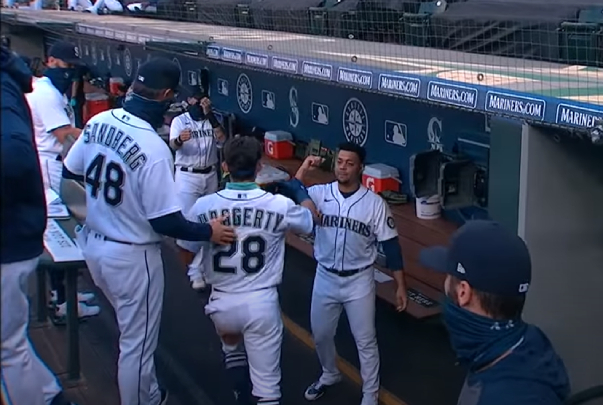Seattle Mariners 2022 Projections featuring The Art of WAR

Let’s Get Complex
Complexity is required for a deeper dive into the rabbit hole of sabermetrics, the building blocks of WAR. Now is the time to choose. Do you take the blue pill and forget that this article even exists. Or, do you take the red pill and walk through the mirror and into a truly complex world of statistics.
If you’re still reading, then you have taken the red pill. Alice and Neo would be so proud. One of the reasons the Seattle Mariners outperformed their WAR (allegedly by 14 wins) is that WAR is an accumulative statistic and not an average. The accumulation is based on run production, which the Mariners weren’t very good at, especially considering they had a -56 run differential in 2021.
It takes into consideration all aspects of run production. Since baseball is a game where one team is trying to outscore the other team, runs scored, runs created, runs saved, etc. is a great place to build into a successful team.
Boiling it down
Ideally, the higher WAR you have, the more likely a team is to score runs, prevent runs, and win games. Because WAR is an accumulative statistic, the more contributions made, the higher the WAR will be. The highest oWAR (Offensive statistics only) in history was 12.4 from Barry Bonds in 2001, followed by Babe Ruth’s 12.3. Mike Trout is the only player to break 10 oWAR in the last decade (2013).
Let’s go a little further before I get to the Mariner’s projections. Baseball-Reference (I frequent click mileage on their website) views an 8+ WAR as an MVP-level candidate, a 5-8 WAR as an All-Star, a 2+ WAR as a starter, a 0-2 WAR as a Sub, and a negative WAR as replaceable. Wait, did I just simplify it? I didn’t, Baseball-Reference did, but that is a simpler way to look at it.
